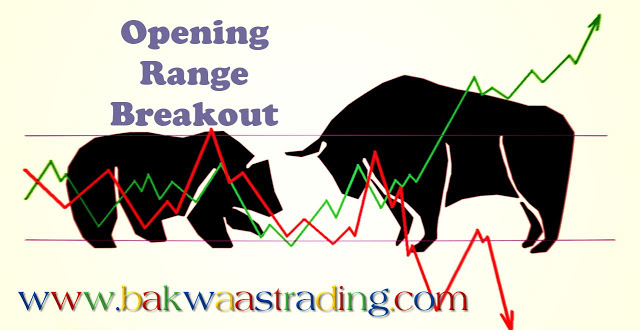I did have a motto for today's trades: "Don't look stupid." I didn't want to look stupid like on Friday.
(Note: I that said "Don't look stupid.", not "Don't be stupid." There's a difference between the two.)
I can look stupid when I make a loss.
I can look smart when I make a big profit.
But I am only really smart when I learn the right lessons. I am only really smart when I have a net profitable trading system. I am only really smart when I apply the right money management to profit from a net profitable trading system. I am only really smart when I realize that all that positive psyching is only going to work if I implement a net profitable trading system and money management. (What's the point of this blog?)
I would have looked really smart had I captured the reversal at the low of the day, but I have the excuse that I was out on some errand at that time.
The second trade would have looked stupid if the Initial Stop Loss had been hit, after entry at the Day's High. The exit would have looked bad if I had not reentered in the same direction.
The third trade was kind of ok, in hindsight, though it was taken just 10 minutes before auto sqaure-off.
(Note: I that said "Don't look stupid.", not "Don't be stupid." There's a difference between the two.)
- I can look stupid when I miss a good move even after watching the chart the whole while.
- I can look stupid when I exit early from a big move.
- I can look stupid when I watch a profit turn into a loss.
- I can look stupid when I book a series of losses.
- I can look stupid when I attempt trades on a grinding day.
- I can look stupid when I broadcast my losses to the world.
- I can look stupid just for day trading. (This I intend to do)
- I can look smart when I capture a big move.
- I can look smart when I capture a small move that then did not go on to become a big move.
- I can look smart when I scratch an entry that does not go anywhere.
- I can look smart by broadcasting more about successes and hiding most of my losses. (I don't do this, and hopefully my twitter feed vouches for it.)
- I can look smart by spouting predictions, analysis and philosophy like the TV analysts.
- I can look smart when I do some positive psyching of myself or others.
I can look stupid when I make a loss.
I can look smart when I make a big profit.
But I am only really smart when I learn the right lessons. I am only really smart when I have a net profitable trading system. I am only really smart when I apply the right money management to profit from a net profitable trading system. I am only really smart when I realize that all that positive psyching is only going to work if I implement a net profitable trading system and money management. (What's the point of this blog?)
Today's trading
The first trade was not very high on the stupidity scale, because it reversed almost immediately and did not give much of a chance to trail. However, it would still look stupid to enter in the middle of previous day's range after a dull opening.I would have looked really smart had I captured the reversal at the low of the day, but I have the excuse that I was out on some errand at that time.
The second trade would have looked stupid if the Initial Stop Loss had been hit, after entry at the Day's High. The exit would have looked bad if I had not reentered in the same direction.
The third trade was kind of ok, in hindsight, though it was taken just 10 minutes before auto sqaure-off.
| Nifty M3 Price Action Chart |
>>> Live tweets of today's trades <<<



